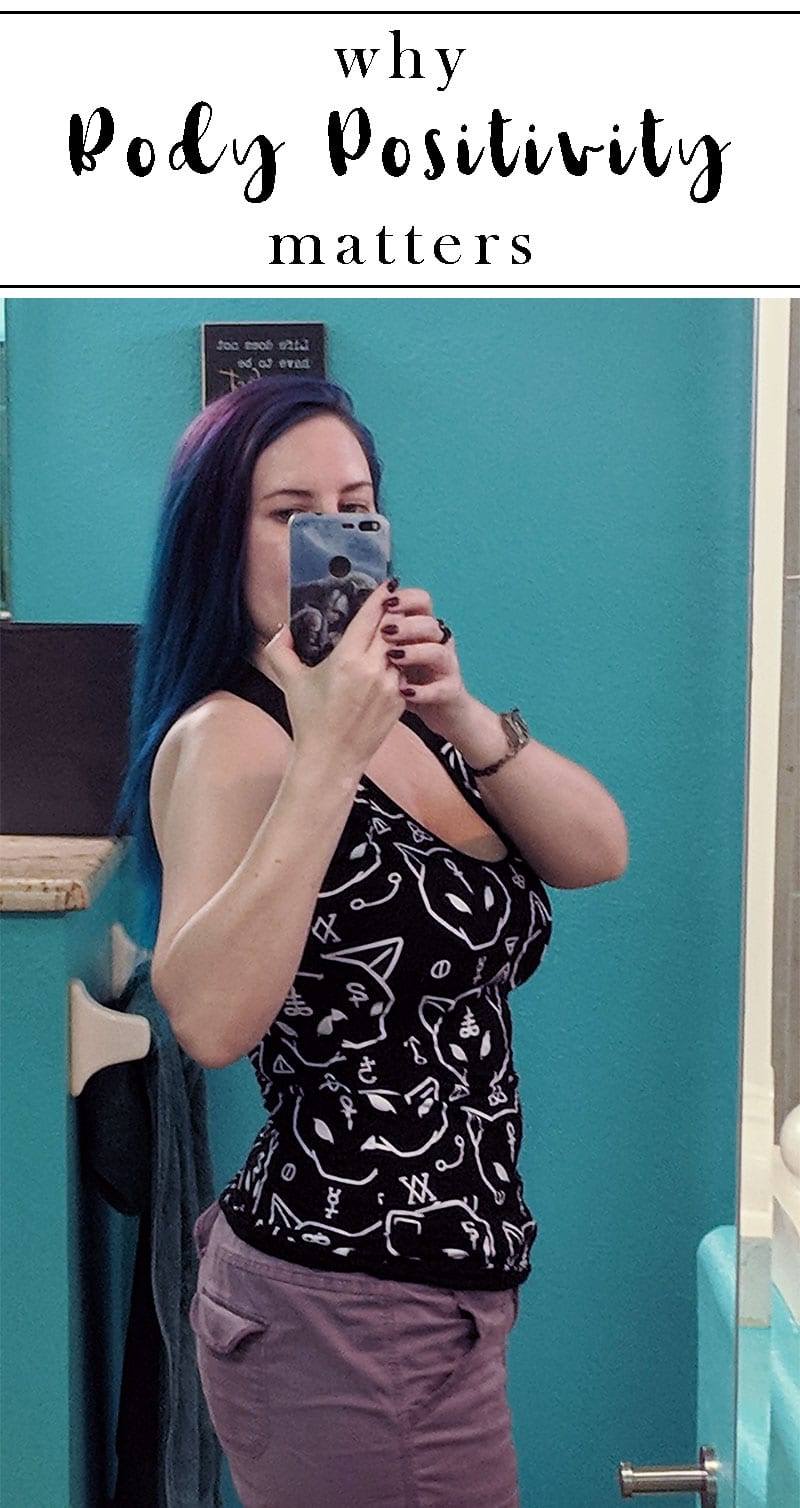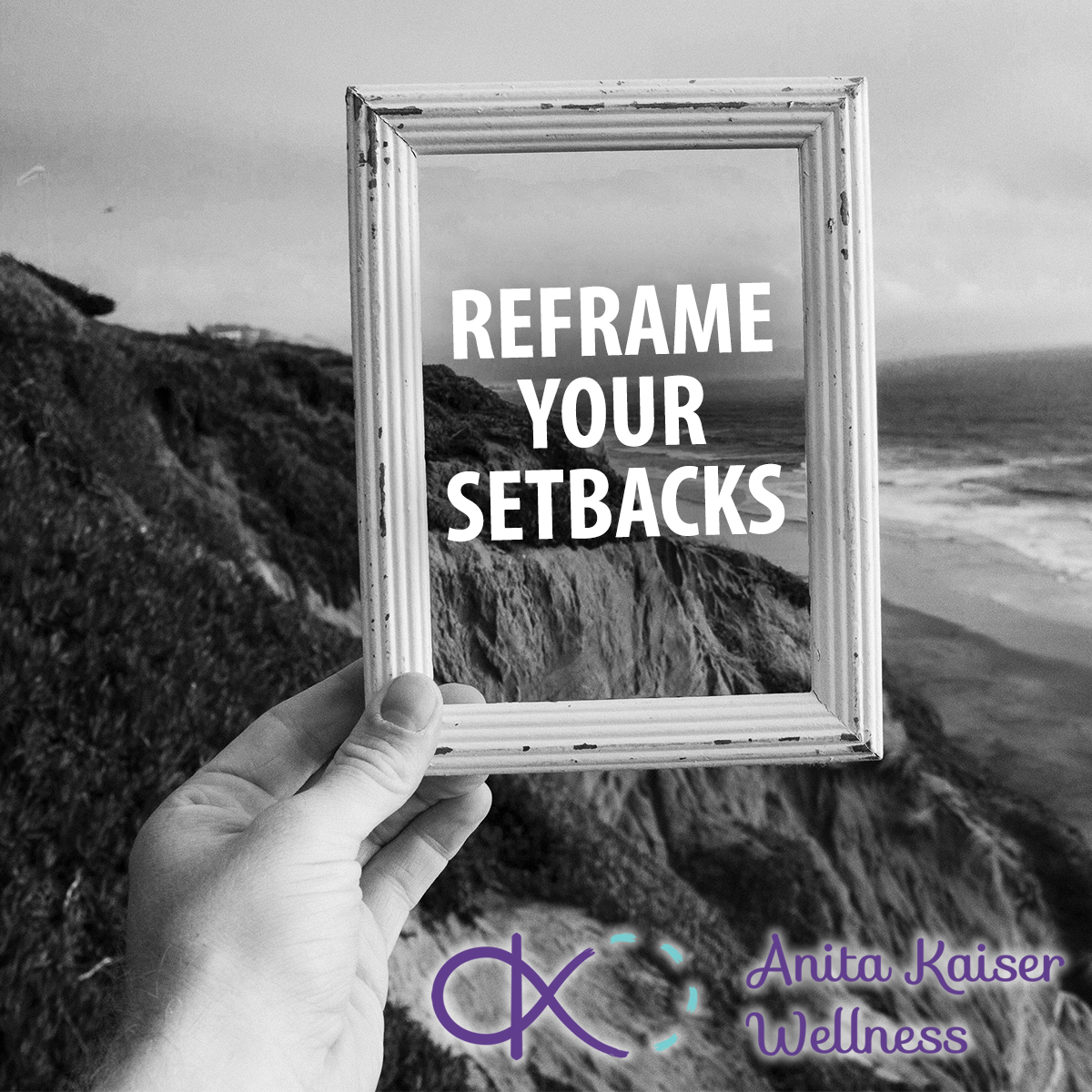Traveling abroad for a cheerleading convention is an exhilarating experience that promises not only to showcase your team’s talents but also to immerse you in the global cheer community. Such an adventure, however, requires meticulous planning and preparation to ensure that the experience is as rewarding as it is unforgettable. From selecting the perfect uniform to ensuring safety and secure travel, every detail counts in making your international cheer journey a success. Here’s a comprehensive guide to navigating the essentials of attending an international cheerleading convention.
Selecting the Perfect Cheerleading Uniform
A cheerleading team’s uniform is much more than attire; it’s a symbol of unity, spirit, and identity. Finding the right cheerleading uniform that the entire team is happy with is crucial, as it boosts confidence and team morale. The ideal uniform should not only align with the team’s colors and emblem but also be comfortable, durable, and compliant with the convention’s guidelines. It’s essential to start the selection process early, allowing ample time for customization, fittings, and any necessary adjustments. A uniform that perfectly encapsulates your team’s spirit and adheres to international standards will undoubtedly set the stage for a standout performance.
Staying Safe While Abroad
Safety should be a top priority when traveling internationally for a cheerleading convention. Familiarize yourself with the local laws and customs of your destination and ensure that all team members are briefed on safety protocols. It’s also wise to have a comprehensive travel insurance policy that covers medical emergencies, lost luggage, and trip cancellations. Keeping emergency contacts handy, including the local embassy or consulate, can provide an additional layer of security. By taking these precautions, you can focus on the excitement of the competition without compromising the safety of your team.
Traveling Securely and Maintaining Essential Contacts
Ensuring secure and smooth travel for your cheerleading team involves careful planning and coordination. Here’s a checklist to help manage your travel logistics:
- Passports and Visas: Confirm that all team members have valid passports and obtain any necessary visas well in advance of your trip.
- Emergency Contacts: Compile a list of emergency contacts, including team members’ families, your country’s embassy or consulate, and local emergency services.
- Communication Plan: Establish a clear communication plan, ensuring that team members can stay in touch via international cell phone plans or Wi-Fi-based messaging apps.
- Travel Itinerary: Share a detailed travel itinerary with team members and their families, including flight details, accommodation information, and the convention schedule.
This level of preparedness ensures that, should any issues arise during your travels, your team can address them promptly and efficiently, keeping disruptions to a minimum.
Embracing the International Cheer Community
Attending an international cheerleading convention is a unique opportunity to connect with the global cheer community. Engage with other teams, participate in workshops, and attend events outside of the competition. This not only enriches your experience but also fosters a sense of global camaraderie and mutual respect among cheerleaders from diverse backgrounds. Embrace the chance to learn from others, share experiences, and celebrate the universal passion for cheerleading.
Navigating Cultural Differences
An international cheerleading convention is not just a platform for showcasing talent; it’s also a cultural exchange that enriches everyone involved. Navigating the cultural differences you’ll encounter is crucial for a harmonious and respectful experience. Take the time to learn about the customs, traditions, and etiquette of the host country. Simple gestures like learning basic phrases in the local language or understanding dining etiquette can go a long way in showing respect for the host culture. Encourage your team to approach these differences with an open mind and a willingness to learn. This openness not only fosters a positive atmosphere but also deepens the team’s global perspective, making the trip an educational experience as much as a competitive one.
Reflecting on the Experience
After the lights of the competition have dimmed and the excitement of travel has settled, taking the time to reflect on the experience with your team is invaluable. Discuss what was learned, both in terms of cheerleading skills and personal growth. Share highlights and challenges, and consider how the experience can shape the team’s future practices and performances. Documenting your journey through photos, videos, or a team journal can also help preserve the memories and lessons learned. This reflection period is crucial for recognizing the broader impact of attending an international convention, beyond the trophies and accolades, enriching your team’s cohesion and love for the sport.
Conclusion
Traveling abroad for a cheerleading convention is an adventure that promises growth, excitement, and unforgettable memories for your team. By carefully selecting your uniforms, prioritizing safety, organizing travel logistics, and embracing the international cheer community, you can ensure that your experience is as seamless as it is spectacular. Remember, the journey to an international cheerleading convention is not just about competing; it’s about representing your team on a global stage, making new connections, and bringing home not just trophies, but also a wealth of experiences and new perspectives on the sport you love.…




























